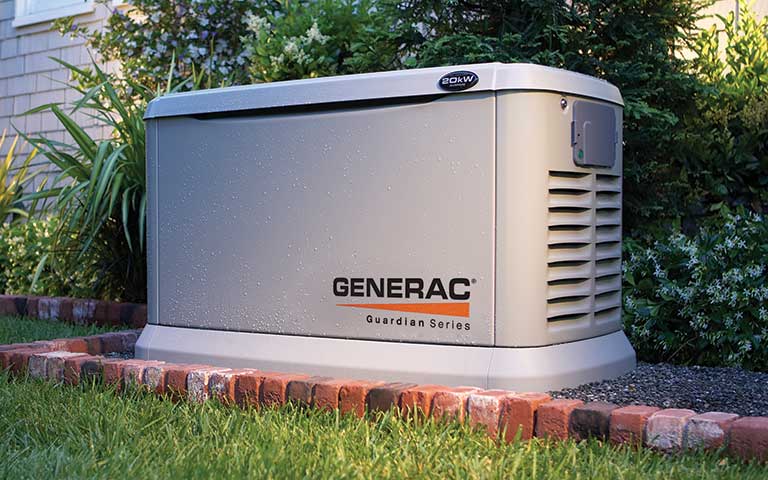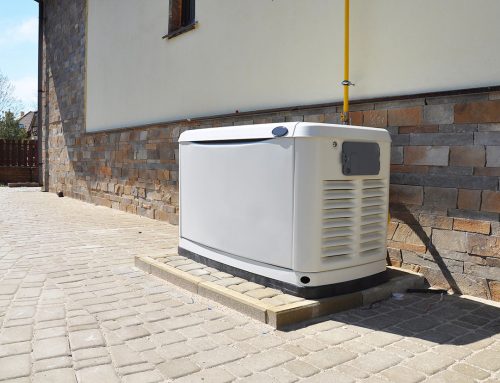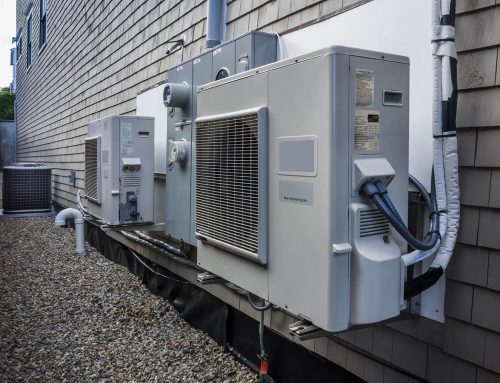
When the power goes out, your whole-house generator is your first line of defense, but only if it’s in good working order. Without regular care, even the most dependable units can fail when you need them most. At Valley Home Services, we want all of our customers to have their whole-house generators at the ready when needed. That’s why we’re sharing these key steps to take between scheduled standby generator service appointments, so you can help ensure long-term performance and peace of mind.
-
Perform Regular Visual Inspections
A quick monthly visual inspection can go a long way. Look for fuel or oil leaks, frayed belts, cracked hoses or any other visible damage. Check for debris around the unit that may block airflow or pose a fire risk. Catching small issues early helps prevent major problems down the road.Pro Tip: Prepare for Seasonal Extremes
- Summer: Keep weeds and debris away to prevent overheating.
- Winter: Check antifreeze levels (if water-cooled), and clear snow from around the unit.
-
Change the Oil as Recommended
Oil changes are critical to keeping the engine lubricated and running smoothly. Most generators require an oil change every 100–200 hours of use or at least once a year. Always check oil levels after long run times and follow the manufacturer’s guidelines for oil type and intervals. Don’t forget to replace the oil filter at the same time.
-
Replace Air Filters and Spark Plugs Annually
Dirty air filters restrict airflow and reduce performance. Worn spark plugs can make it harder for your generator to start or run efficiently. Swapping these components once a year helps keep your system running at its best with minimal effort.
-
Test the Battery and Electrical System
Your generator depends on a strong battery to start. Check the battery terminals for corrosion and test the voltage with a multimeter. A healthy reading is around 12.6 volts when not in use. If the battery is weak or more than 3–5 years old, consider replacing it.
Also test the automatic transfer switch (ATS), which automatically shifts power from the grid to your generator during an outage. Most ATS systems include a test mode — use it periodically to ensure everything works as expected. -
Run the Generator Monthly
Even if you’re not using your generator often, it’s important to “exercise” it. Running it for 15–30 minutes each month keeps internal parts lubricated, maintains battery charge, and gives you a chance to detect any unusual noises or performance issues before an emergency strikes.
-
Schedule Professional Service Annually
While regular upkeep goes a long way, a yearly inspection by a professional ensures every component is inspected, adjusted and ready to handle a power outage. A technician can test voltage output, check the engine and fuel system, clean internal parts, and calibrate settings for peak efficiency.
Professional maintenance checks are the best way to ensure your generator is in top condition and will be ready when you need it. Contact Valley for expert generator maintenance you can count on.







